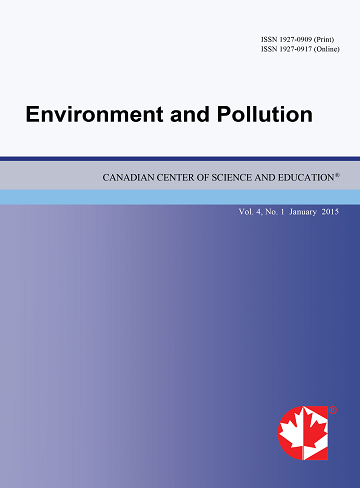Particle Size Distribution in Aluminum Manufacturing Facilities
- Sa Liu
- Elizabeth M. Noth
- Christine Dixon-Ernst
- Ellen A. Eisen
- Mark R. Cullen
- S. Katharine Hammond
Abstract
As part of exposure assessment for an ongoing epidemiologic study of heart disease and fine particle exposures in aluminum industry, area particle samples were collected in production facilities to assess instrument reliability and particle size distribution at different process areas. Personal modular impactors (PMI) and Minimicro-orifice uniform deposition impactors (MiniMOUDI) were used. The coefficient of variation (CV) of co-located samples was used to evaluate the reproducibility of the samplers. PM2.5 measured by PMI was compared to PM2.5 calculated from MiniMOUDI data. Mass median aerodynamic diameter (MMAD) and concentrations of sub-micrometer (PM1.0) and quasi-ultrafine (PM0.56) particles were evaluated to characterize particle size distribution. Most of CVs were less than 30%. The slope of the linear regression of PMI_PM2.5 versus MiniMOUDI_PM2.5 was 1.03 mg/m3 per mg/m3 (± 0.05), with correlation coefficient of 0.97 (± 0.01). Particle size distribution varied substantively in smelters, whereas it was less variable in fabrication units with significantly smaller MMADs (arithmetic mean of MMADs: 2.59 µm in smelters vs. 1.31 µm in fabrication units, p = 0.001). Although the total particle concentration was more than two times higher in the smelters than in the fabrication units, the fraction of PM10 which was PM1.0 or PM0.56 was significantly lower in the smelters than in the fabrication units (p < 0.001). Consequently, the concentrations of sub-micrometer and quasi-ultrafine particles were similar in these two types of facilities. It would appear, studies evaluating ultrafine particle exposure in aluminum industry should focus on not only the smelters, but also the fabrication facilities.- Full Text:
 PDF
PDF
- DOI:10.5539/ep.v3n4p79
Journal Metrics
h-index (2017): 10
i10-index (2017): 11
h5-index (2017): 9
h5-median (2017): 15
Index
- Academic Journals Database
- Berkeley Library
- CAB Abstracts
- CAS (American Chemical Society)
- CNKI Scholar
- COPAC
- CrossRef
- DTU Library
- Elektronische Zeitschriftenbibliothek (EZB)
- EuroPub Database
- Excellence in Research for Australia (ERA)
- Genamics JournalSeek
- Google Scholar
- Harvard Library
- Infotrieve
- Jisc Library Hub Discover
- JournalGuide
- JournalTOCs
- LOCKSS
- Max Planck Institutes
- Mir@bel
- PKP Open Archives Harvester
- Pollution Abstracts
- Publons
- Pubmed journal list
- ROAD
- Scilit
- SHERPA/RoMEO
- Standard Periodical Directory
- Stanford Libraries
- UCR Library
- Ulrich's
- UniCat
- Universe Digital Library
- UoS Library
- WorldCat
- Zeitschriften Daten Bank (ZDB)
Contact
- Albert JohnEditorial Assistant
- ep@ccsenet.org
